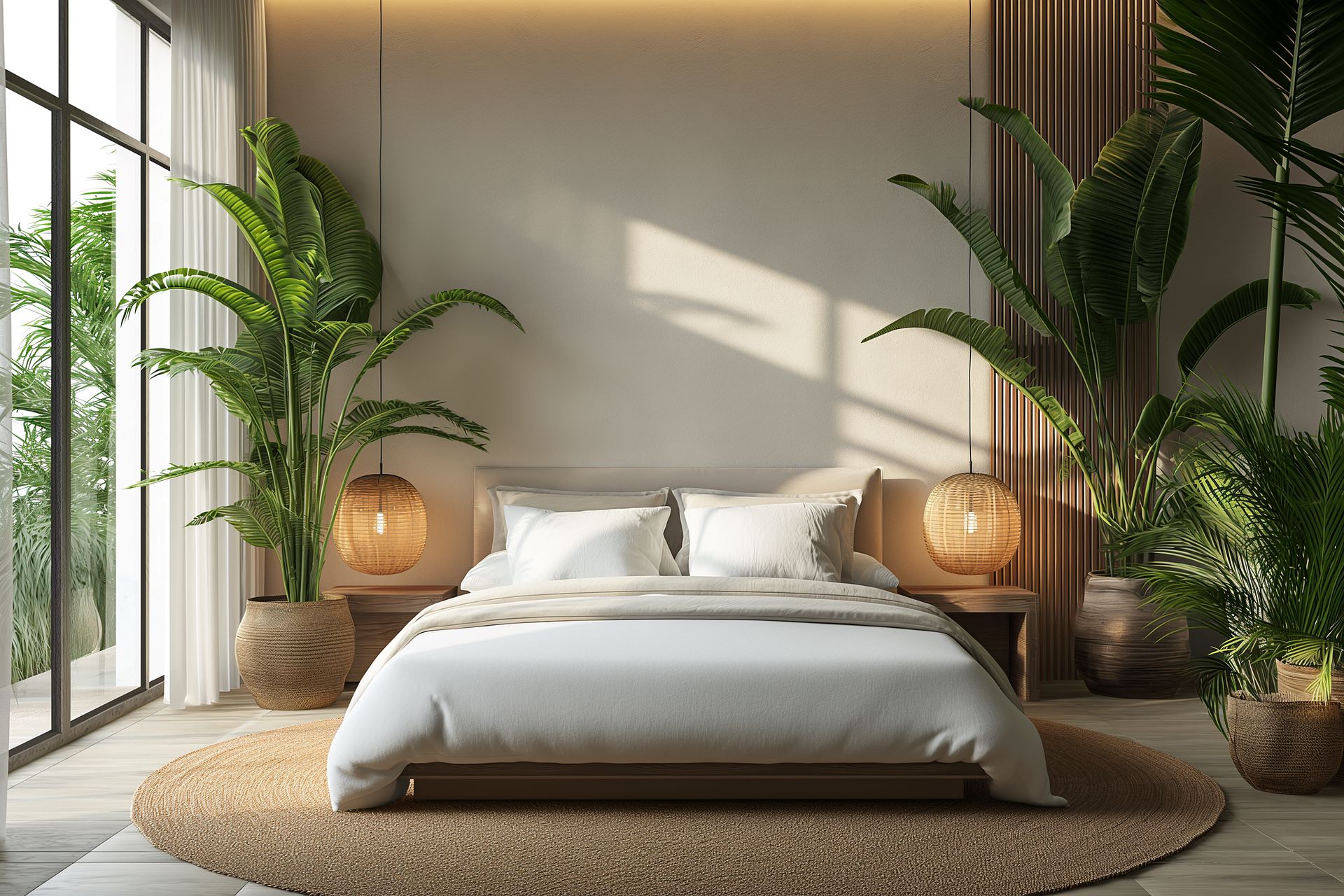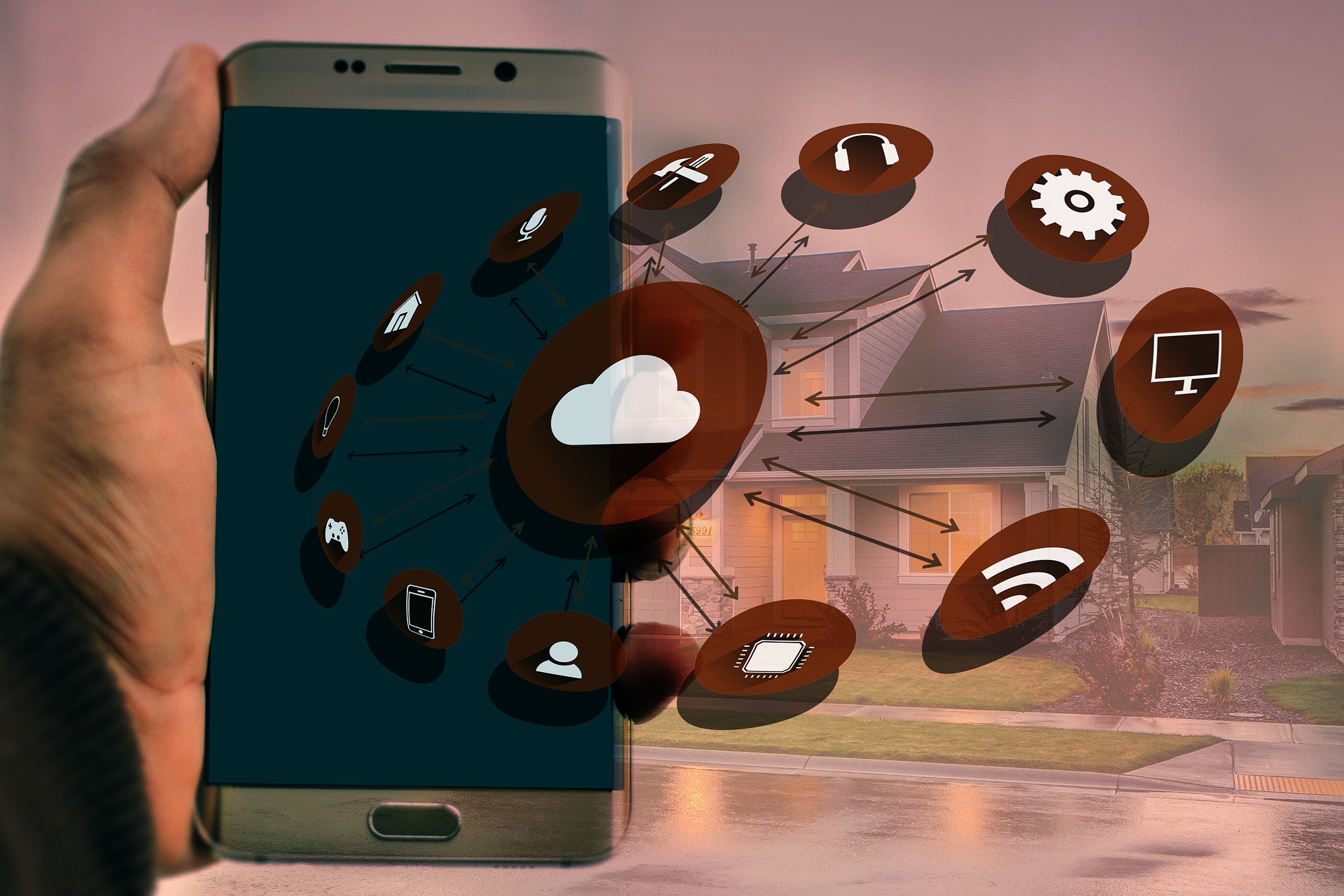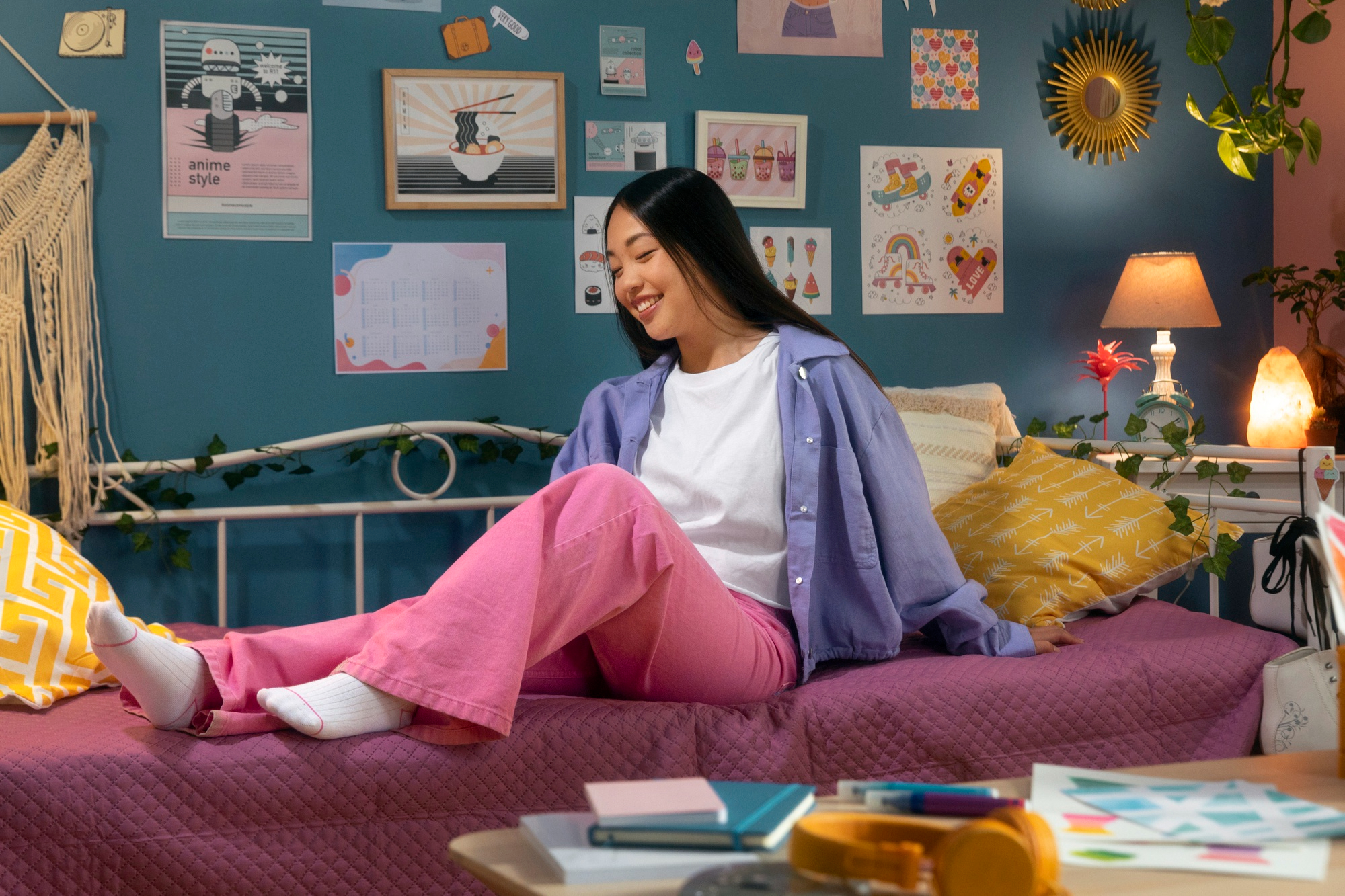Interior design trends in the Philippines reflect a blend of modern aesthetics and cultural influences. This article showcases the top trends shaping interior design, including popular styles, color schemes, and materials. Stay updated on the latest design trends to create stylish and functional living spaces.
Integration of Traditional and Modern Elements
In the Philippines, interior design increasingly blends traditional elements with modern aesthetics, creating spaces that are both timeless and contemporary. This fusion often involves incorporating traditional Filipino materials, such as bamboo, rattan, and indigenous textiles, into sleek, modern designs. By juxtaposing these classic elements with minimalist furniture and clean lines, designers achieve a balanced look that honors cultural heritage while embracing modern functionality.
This trend is reflected in various design aspects, from architectural features like capiz shell windows to decorative pieces such as hand-carved wooden accents. The result is a harmonious environment where the warmth and richness of Filipino tradition coexist with the simplicity and efficiency of modern design principles. This approach not only enhances the visual appeal of interiors but also fosters a deeper connection to the country’s cultural roots.
Sustainable and Eco-Friendly Materials
The use of sustainable and eco-friendly materials is becoming a prominent trend in Philippine interior design, reflecting a growing awareness of environmental issues and a commitment to greener living. Designers are increasingly choosing materials that minimize environmental impact and promote a healthier indoor environment.
- Reclaimed Wood: Reclaimed wood, sourced from old buildings or furniture, is prized for its unique character and reduced environmental footprint. It is used for flooring, wall paneling, and furniture, adding a touch of rustic charm while helping to reduce waste.
- Bamboo and Rattan: Bamboo and rattan are popular choices due to their rapid growth and renewability. These materials are used in furniture and decor items, offering both durability and a sustainable alternative to traditional hardwoods.
- Natural Fibers: Natural fibers such as jute, sisal, and cotton are used in rugs, upholstery, and curtains. These materials are biodegradable and have a lower environmental impact compared to synthetic alternatives.
- Low-VOC Paints: Low-VOC (Volatile Organic Compounds) paints are preferred for their minimal impact on indoor air quality. They reduce the emission of harmful chemicals, contributing to a healthier living environment.
By incorporating these sustainable materials, interior designers in the Philippines are not only creating beautiful and functional spaces but also promoting environmental responsibility and long-term sustainability.
Indoor-Outdoor Living Spaces
In the Philippines, the integration of indoor and outdoor living spaces is a design trend that capitalizes on the country’s favorable climate and natural beauty. This approach involves creating seamless transitions between indoor areas and outdoor environments, often through the use of large sliding doors, expansive windows, and open floor plans. These design elements allow homeowners to enjoy the outdoors from the comfort of their living rooms and extend their usable living space into garden areas, patios, or terraces.
This trend reflects a lifestyle that values outdoor relaxation and entertainment, making it possible to host gatherings and enjoy leisure activities in a natural setting. The use of outdoor-friendly materials and furnishings, such as weather-resistant fabrics and durable finishes, ensures that these spaces remain functional and stylish throughout the year. By blending indoor and outdoor environments, Filipino interiors embrace a lifestyle that harmonizes with nature and enhances the overall quality of living.
Vibrant Color Palettes
Vibrant color palettes are a significant trend in Filipino interior design, reflecting the country’s rich cultural heritage and vibrant natural landscapes. These bold and lively colors infuse interiors with energy and personality, creating spaces that are both dynamic and visually stimulating.
- Bright Tropical Hues: Colors inspired by the tropical environment, such as lush greens, ocean blues, and fiery oranges, are used to evoke the beauty of the Philippine landscape. These hues can be applied to walls, furniture, and accessories, bringing a sense of the outdoors inside.
- Cultural Motifs: Traditional Filipino patterns and motifs are often incorporated into color schemes, adding depth and cultural significance. Colors derived from indigenous art and textiles help to create a sense of place and identity within the home.
- Accent Pieces: Bold colors are frequently used in accent pieces such as throw pillows, rugs, and artwork. This approach allows for the introduction of vibrant hues without overwhelming the space, creating focal points that enhance the overall design.
- Color Blocking: Color blocking techniques, where contrasting colors are used in distinct areas or segments, are popular for creating visual interest and modern appeal. This method allows for playful experimentation with color while maintaining a cohesive look.
By embracing vibrant color palettes, Filipino interiors not only celebrate the country’s cultural vibrancy but also create spaces that feel lively and inviting.
Minimalist Design with a Local Twist
| Aspect | Traditional Elements | Modern Adaptations |
| Materials | Indigenous textiles, bamboo | Clean lines, minimalistic materials |
| Color Palette | Earth tones, natural hues | Neutral tones, with bold accents |
| Decorative Features | Handcrafted items, local art | Simple forms, integrated art |
In the Philippines, minimalist design is increasingly being combined with local cultural elements to create spaces that are both streamlined and uniquely Filipino. This approach marries the simplicity and functionality of modern design with the rich textures and heritage of traditional materials.
- Indigenous Textiles and Craftsmanship: Traditional Filipino textiles, such as woven fabrics and handcrafted items, are incorporated into minimalist designs to add warmth and authenticity. These elements provide a cultural connection while maintaining a clean, uncluttered look.
- Natural Materials with Modern Lines: Natural materials like bamboo and rattan are used alongside contemporary furniture and design elements. This fusion creates a harmonious balance between the natural world and modern aesthetics, enhancing the simplicity of minimalist design with a local touch.
- Neutral Tones with Cultural Accents: The use of neutral color palettes is complemented by bold, culturally inspired accents. This approach ensures that the space remains calm and uncluttered while also featuring striking design elements that reflect Filipino heritage.
- Simple Forms with Local Art: Minimalist spaces often feature simple, clean lines, but these are enhanced by the inclusion of local art and decor. This combination allows for a minimalist aesthetic that is enriched with the personal and cultural significance of Filipino artistic traditions.
By integrating these local twists into minimalist design, Filipino interiors achieve a sophisticated look that honors traditional craftsmanship while embracing contemporary simplicity.




